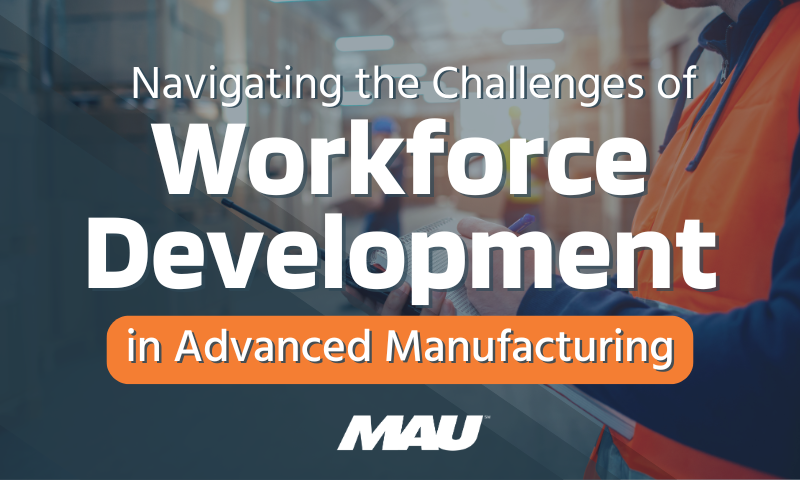The best part of a yoga session is meditation. You know, the time when an irritatingly placid instructor prompts students to “calm their minds” and teaches that meditation brings peaceful serenity and mindfulness. Sounds nice but for me the “best part” of this call to meditate signals no more painful stretching! As a devout yoga wannabe, I mostly practice to improve my flexibility but someday I hope the peaceful-serenity happens too.
Recently I have also taken a keen interest in mindfulness. And I’m not alone. In fact, my safety oriented peers are increasingly fascinated by mindfulness in the workplace and how achieving it contributes to safety.
That said, these safety professionals don’t necessarily promote yoga to achieve mindfulness. Having everyone on the shop floor stop what they’re doing and yoga, not a chance! Instead, safety professionals are introducing programs that promote mindfulness.
What is mindfulness?
At its core, mindfulness is consciousness or being aware in the moment, heightened attention, laser focus and thoughtfulness.
Employees that achieve mindfulness are less likely to make errors resulting from inattentively drifting into a mindless and habitual routine, permitting going-through-the-motions behavior, which results in autopilot actions. This sort of day-dreamy work behavior may get you hurt. Rather, mindful employees operate in the moment, actively thinking about the task at hand. No daydreaming here! Mindful employees carefully consider risk and purposefully avoid it.
How do you promote workplace mindfulness?
There are many ways, but MAU offers this approach:
- Select a behavior on which to focus mindfulness, such as hand safety.
- Choose one to three related behavior elements (keep it simple) on which to concentrate, such as hand placement and trajectory, or correct tool selection.
- Train employees at every opportunity the three aforementioned elements.
- Reinforce these elements often in morning meetings, on signage, and in day-to-day conversation.
Over time, the message will resonate into active mindful awareness.
This sort of campaign can be applied to proper posture, avoiding trip hazards, careful material handling and many other countless procedures carried out in business. It’s a good idea to change the message often before repetition dulls the message into constant background noise, threatening mindfulness.
Speaking of threats to mindfulness, fatigue and exhaustion have a similar effect on a worker as drinking alcohol, which diminishes mindfulness in an alarming way. Combat this potential problem by encouraging wellness and living a balanced schedule, as well as incorporating sufficient rest into your team’s daily lives. At MAU we encourage people to live safety, even away from work. Proper rest, nutrition and life balance are part of that living-safety message.
Stretching out your long day, approaching the end of your labors, breathe deeply, relax and find that tranquil space within. Whatever, put a fork in it and relax!
The session is over! That said, consider mindfulness and how encouraging it can focus attention and bring about safety to all.
Namaste.
Need help empowering your safety culture?
Click below to learn 6 principles that the well-respected safety culture guru Robert Peter established.
{{cta(’16d5dce1-a0a1-4913-81fc-173ef50b7e59′)}}



